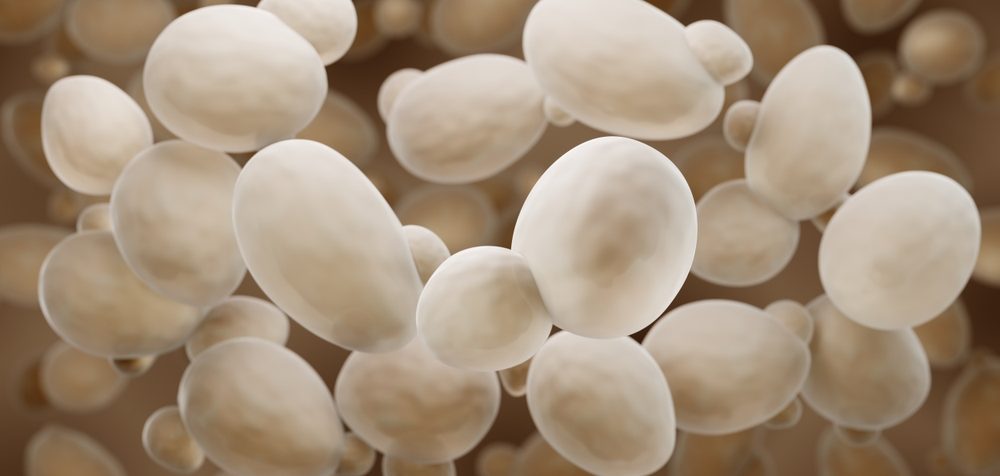
Dr. Matt Trau’s team at The University of Queensland (UQ) in Australia are making powdery ‘nanoprobes’ from baker’s yeast that can detect COVID-19. The new dust sensors are designed to be used in high-risk environments – such as airports, hospitals, stadiums and sewers – to detect COVID-19 biomarkers. As the the yeast nanoprobes are cost-effective and easily scalable, the technology could become a globally accessible tool to help safeguard communities against future pandemics
The “dust” is composed of synthetic fragments of the yeast cell wall. Yeast cell walls are highly stable, making them capable of surviving even in harsh conditions. The new nanoprobes can be tested for exposure to a virus with all conventional fluorescent, electrochemical, paper or dye-based analysis techniques. The yeast sensor technology can also be genetically programmed to detect any specific or future viral strain, giving health care systems a jump on new and emerging viral threats.
“Yeast has long been a cheap, safe and abundant ingredient in bread and beer, and thanks to its unique chemical properties, it can now be used as a universal diagnostic technology that rivals PCR testing for speed and sensitivity, whilst being cheap and easy to manufacture and stable in environments no other traditional diagnostic could withstand – such as the surface of high flow air filters” Trau, director of UQ’s Australian Institute for Bioengineering and Nanotechnology (AIBN) Centre for Personalised Nanomedicine, said. “We often refer to yeasts as biofactories because they are the oldest industrial microorganisms to make essential products for us. In this case, we are using the same historically inexpensive and highly scalable food production systems to create a sensor powder that can be deployed in the environment to detect a range of viral threats.”
The team is currently investigating a device-independent, self-reporting yeast sensor that could be read remotely with no specialist equipment.
